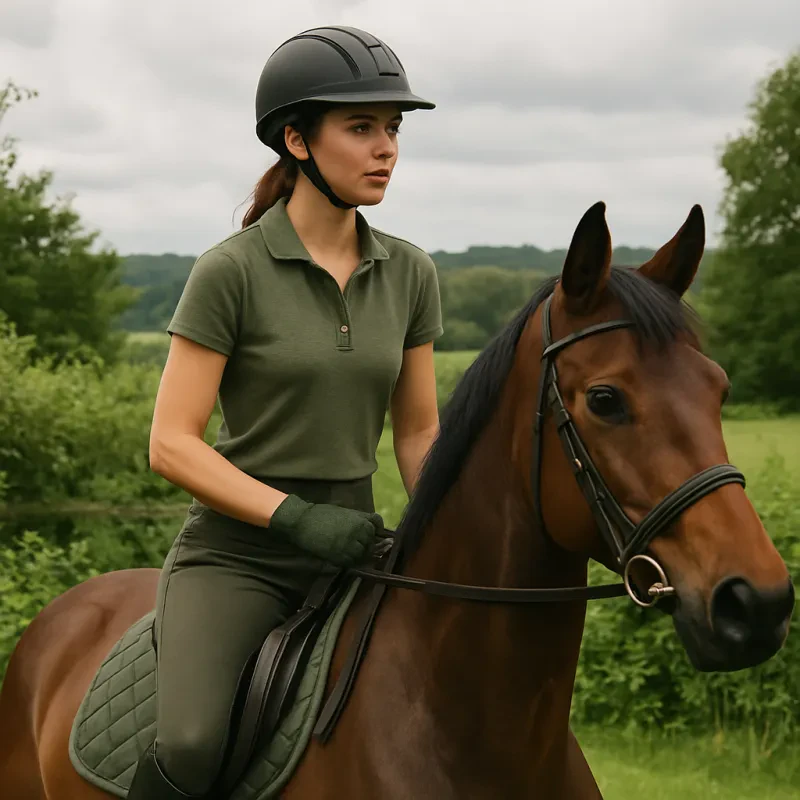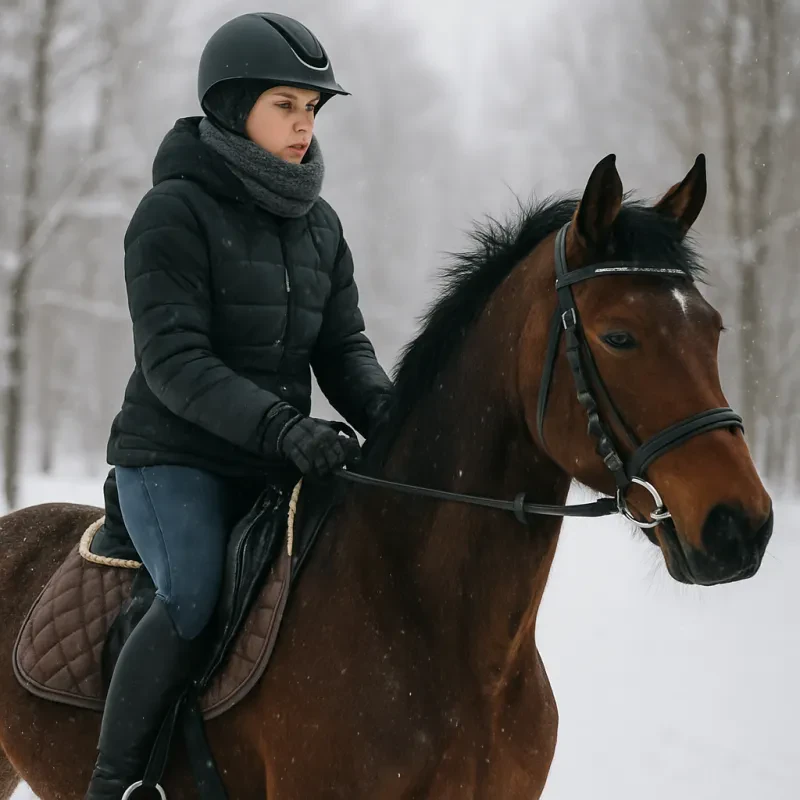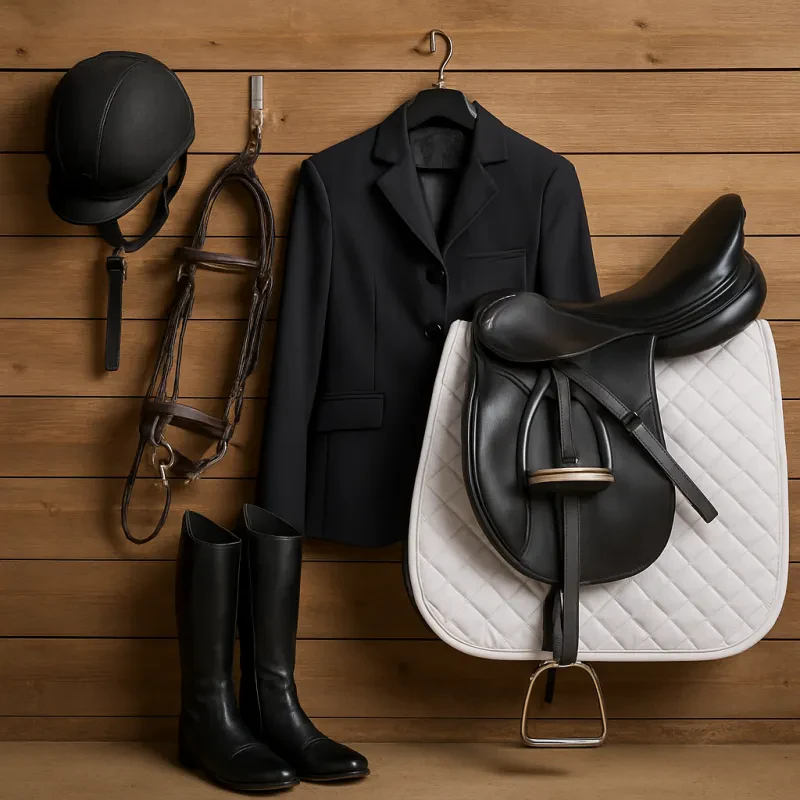When it comes to riding gear, a properly fitting helmet is absolutely essential for both safety and style. Here are some tips to help you find the perfect fit for your helmet:
1. Measure Your Head: Before you start shopping for a helmet, you'll need to measure the circumference of your head. Use a soft measuring tape to measure just above your eyebrows and around the widest part of your head. This measurement will help you determine the correct helmet size.
2. Try Before You Buy: It's important to try on different helmets to see which one fits best. Make sure the helmet sits snugly on your head without feeling too tight or too loose. The helmet should not move around when you shake your head, but it should also not cause any pressure points.
3. Check for Safety Certifications: Look for helmets that are DOT, ECE, or Snell certified. These certifications ensure that the helmet meets certain safety standards and will provide adequate protection in case of an accident.
Proper Boot Selection
First and foremost, it's crucial to look for boots that are specifically designed for horseback riding. These boots are constructed with a reinforced toe, heel, and sole to provide extra protection while in the saddle. Additionally, riding boots are typically made from high-quality leather or synthetic materials that are durable and comfortable for long rides.
Another important factor to consider is the fit of the boot. It's essential to find a pair that fits snugly but not too tight, as this will ensure proper support and prevent blisters or discomfort while riding. Many riding boots also come with adjustable features such as laces or buckles to help you customize the fit to your liking.
Choosing the Right Gloves
First and foremost, consider the type of riding you will be doing. Different disciplines may require different types of gloves. For example, if you are into dressage, you may want a pair of gloves that are sleek and minimalistic to maintain a clean and polished look. On the other hand, if you are into trail riding, you may want gloves with extra padding and grip to handle rough terrain. Consider your specific needs and choose gloves that will best suit your riding style.
Another important factor to consider when choosing gloves is the material. Leather gloves are a popular choice for many riders as they are durable, provide good grip, and mold to your hands over time for a custom fit. Synthetic materials like neoprene or mesh are lightweight and breathable options that are great for warm weather riding. Ultimately, the best material for your gloves will depend on your personal preferences and riding conditions.
Lastly, don't forget about style! While safety should always be the main concern, there is no harm in choosing gloves that also look great. Many brands offer a variety of colors and designs to suit your personal style. Whether you prefer a classic black leather glove or a bold and colorful option, choose gloves that make you feel confident and stylish in the saddle. After all, looking good is just an added bonus to staying safe while riding.
Protective Vest Tips
When it comes to safety gear for horseback riding, a protective vest is a must-have item. Here are some tips to help you choose and care for your protective vest:
1. Fit is key: Make sure your protective vest fits snugly but is not too tight. It should be comfortable to wear and allow you to move freely while riding.
2. Check for certification: Look for protective vests that meet safety standards for horseback riding. Certified vests are designed to offer maximum protection in case of a fall or accident.
3. Care for your vest: Regularly inspect your protective vest for any signs of wear or damage. Clean it according to the manufacturer's instructions to ensure it remains in good condition.
4. Wear it every time: Get into the habit of wearing your protective vest every time you ride, even if you're just going for a leisurely trail ride. Accidents can happen at any time, so it's important to be prepared.


